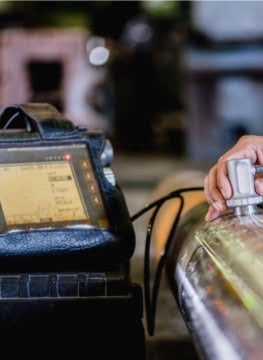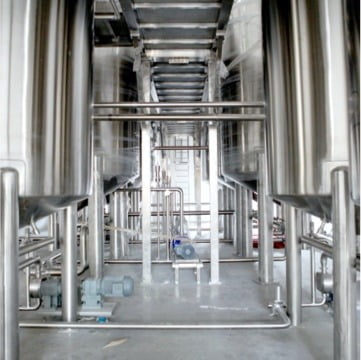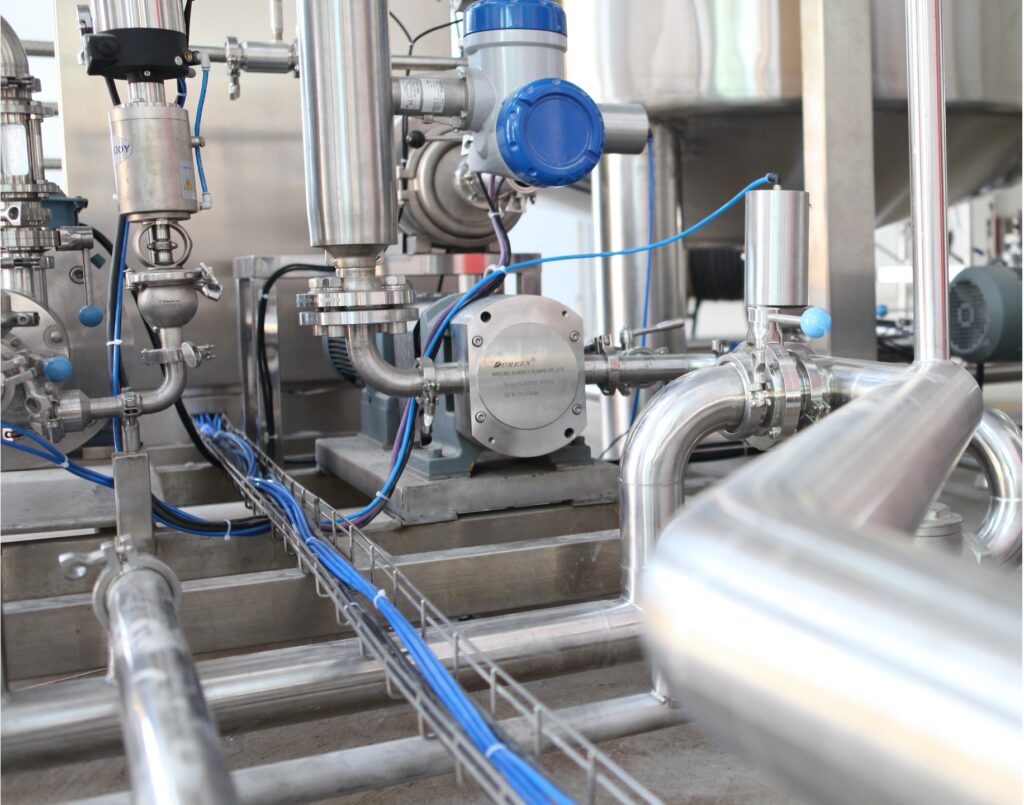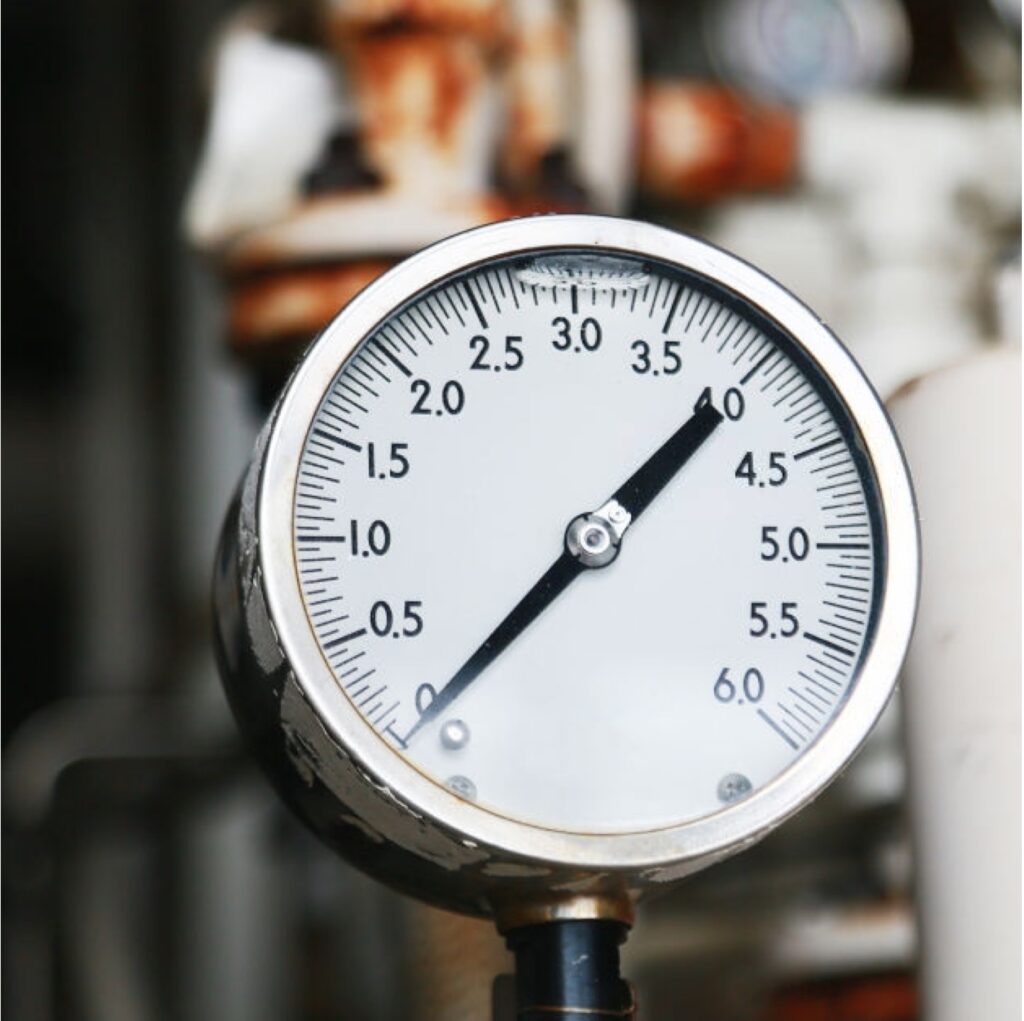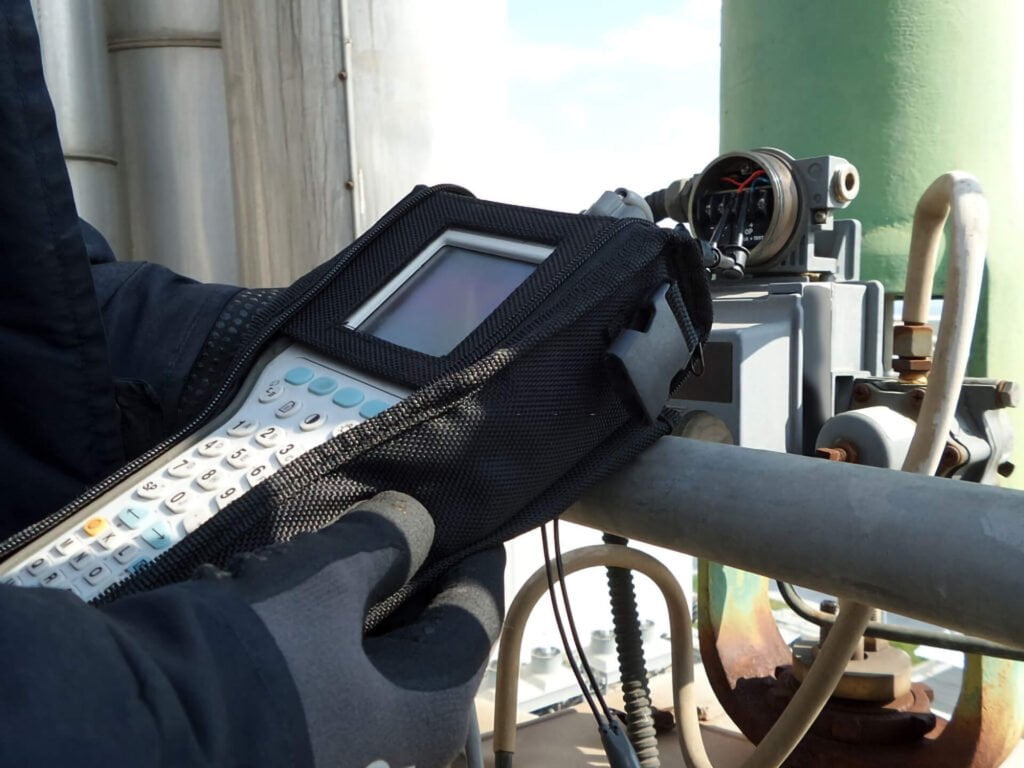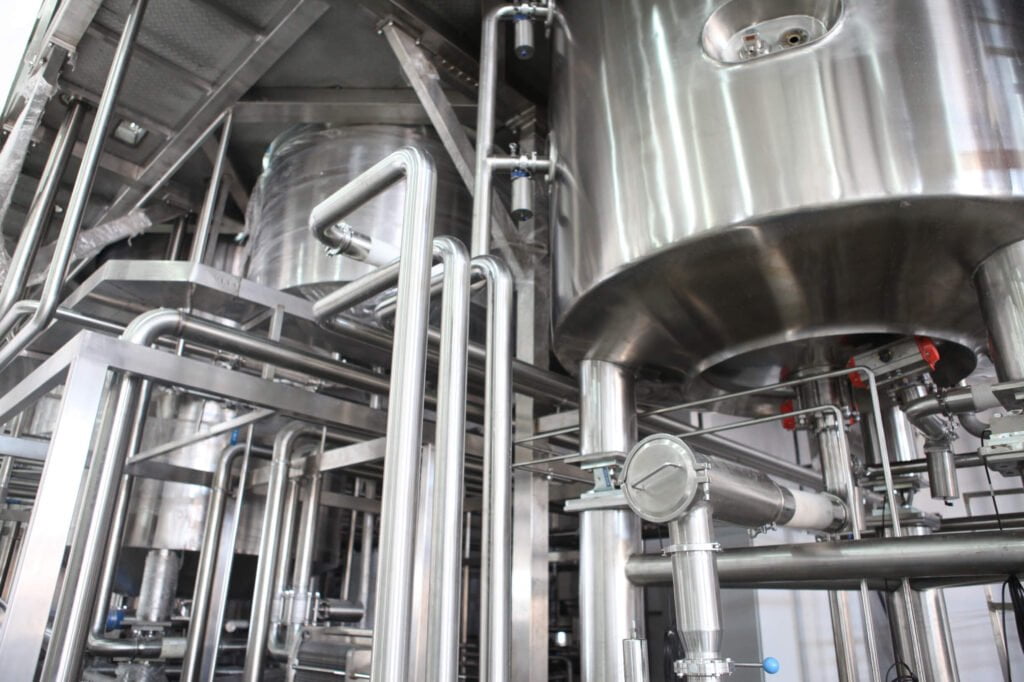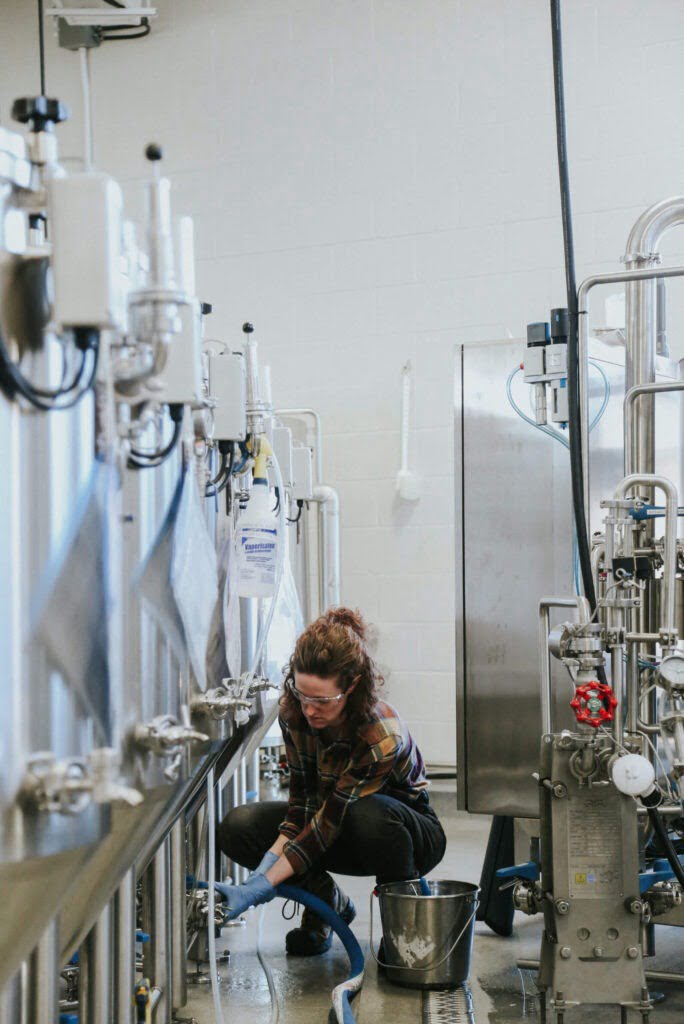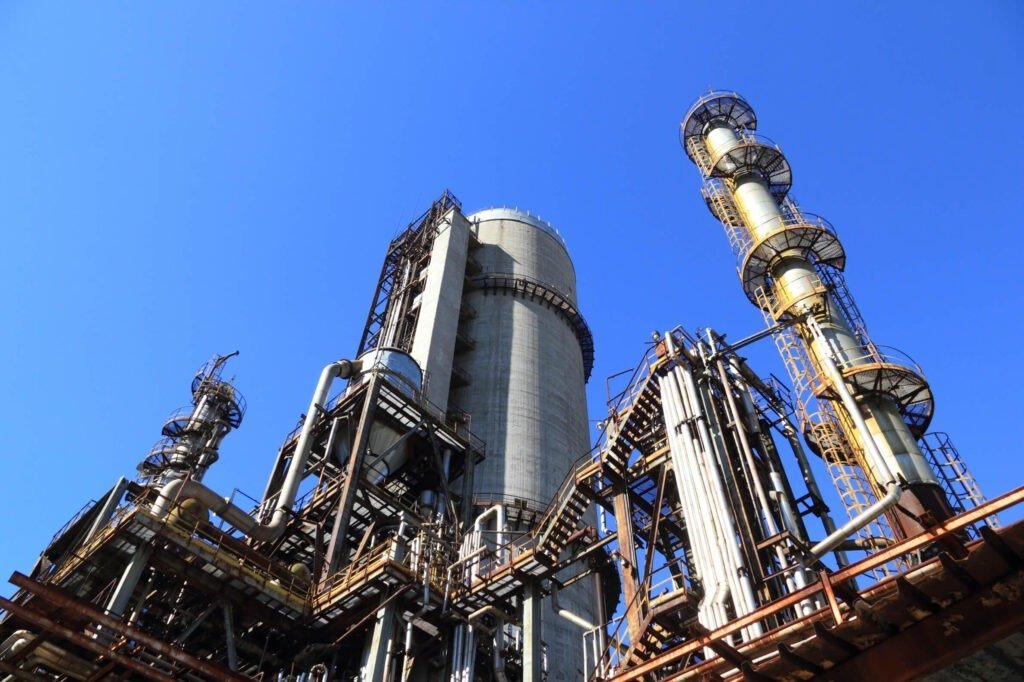 Fast and accurate pressure and temperature measurement is critical throughout the cheese manufacturing process. In this article, Noshok addresses the necessity of precise pressure and temperature measurement specifically in the cheese brine flume equipment.
Fast and accurate pressure and temperature measurement is critical throughout the cheese manufacturing process. In this article, Noshok addresses the necessity of precise pressure and temperature measurement specifically in the cheese brine flume equipment.
To provide a highly condensed overview of the cheese making process, in general the control systems are fully automated and overseen by plant operators. Pressure and temperature switches used with Tri-Clamp thermowells are integral in these systems to measure and monitor the process and keep things moving smoothly.
To start the process, cultured milk is brought in, ripened and settled until it reaches a gel-like consistency, after which agitators cut this substance into curds. The curds are cooked and settled, and the whey is transferred off – a critical process involving precise timing to achieve the desired level of composition.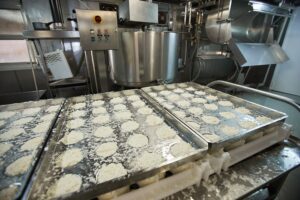
The curds are then distributed through a DMC (dewheying and matting conveyor) where they slowly settle into a mat form, which is then transferred to a cooker-stretcher which heats the curd and drains excess liquid. Accurate temperature transmitters are essential to ensure that the curd is heated to a precise temperature.
Salt is then added, and the cheese flows through the pipe in a thick liquid state to a hopper that pushes the cheese into the carousel block molder which creates blocks of various weights and sizes.
The cheese then moves through the multi-level brining system. During the cheese brining process, a series of narrow, tall Stainless Steel tanks outline the brining cells which cheese blocks travel through on conveyor belts via inlet and outlet flumes. The conveyor assembly on these cells is removable via a belt driven by an electric motor.
Pressure and level sensors are an important part of the brining system to ensure that the cheese moves through the inlet and outlet flumes efficiently.
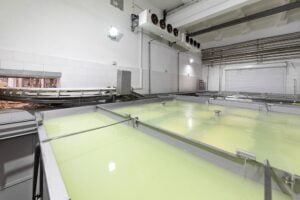 Controls on the belt engage incoming cheese to submerge rows of cheese blocks into the brine. The infeed flume conveys a flow of cheese blocks to the brining cells, and once a level below a flight of blocks is filled, the conveyer is triggered by a level sensor to submerge that level of blocks, and the next level is then filled until the entire tank is filled. When brining is complete, the conveyor raises incrementally to outbound the cheese group by group to the outlet flume.
Controls on the belt engage incoming cheese to submerge rows of cheese blocks into the brine. The infeed flume conveys a flow of cheese blocks to the brining cells, and once a level below a flight of blocks is filled, the conveyer is triggered by a level sensor to submerge that level of blocks, and the next level is then filled until the entire tank is filled. When brining is complete, the conveyor raises incrementally to outbound the cheese group by group to the outlet flume.
Once the cheese leaves the brining system, the blocks are rinsed and conveyed to the packaging room.
AMS Instrumentation & Calibration are the official distributors for the Noshok range in Australia.
- For further information you can also contact our Product manager – Wendy Upasena
